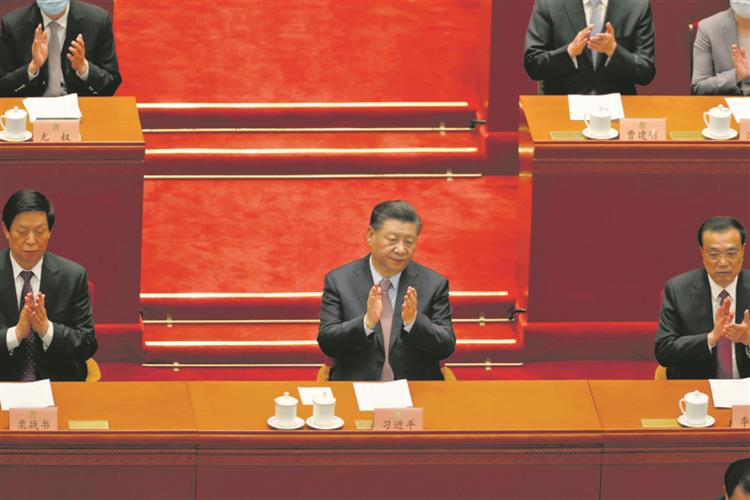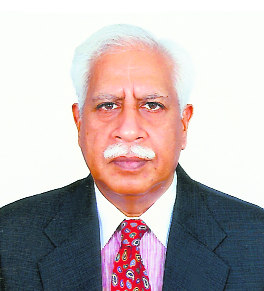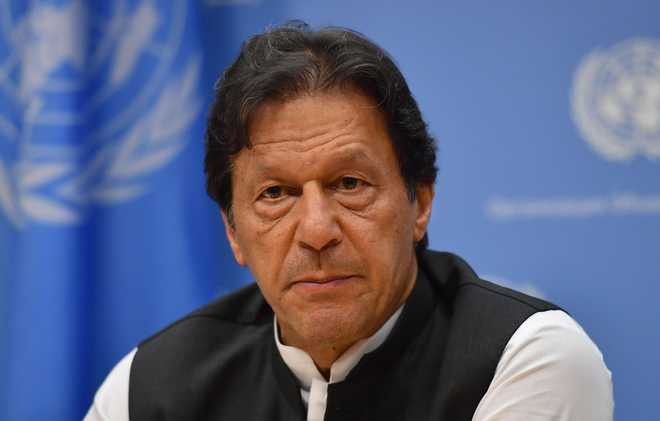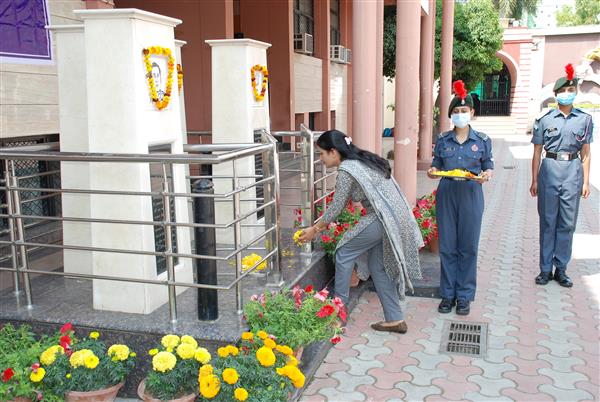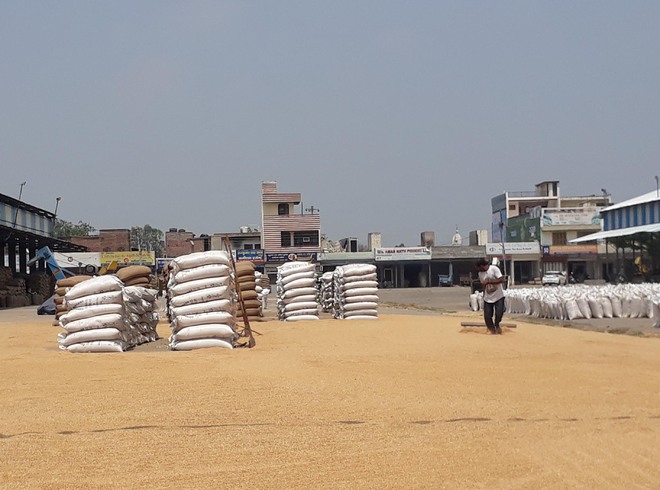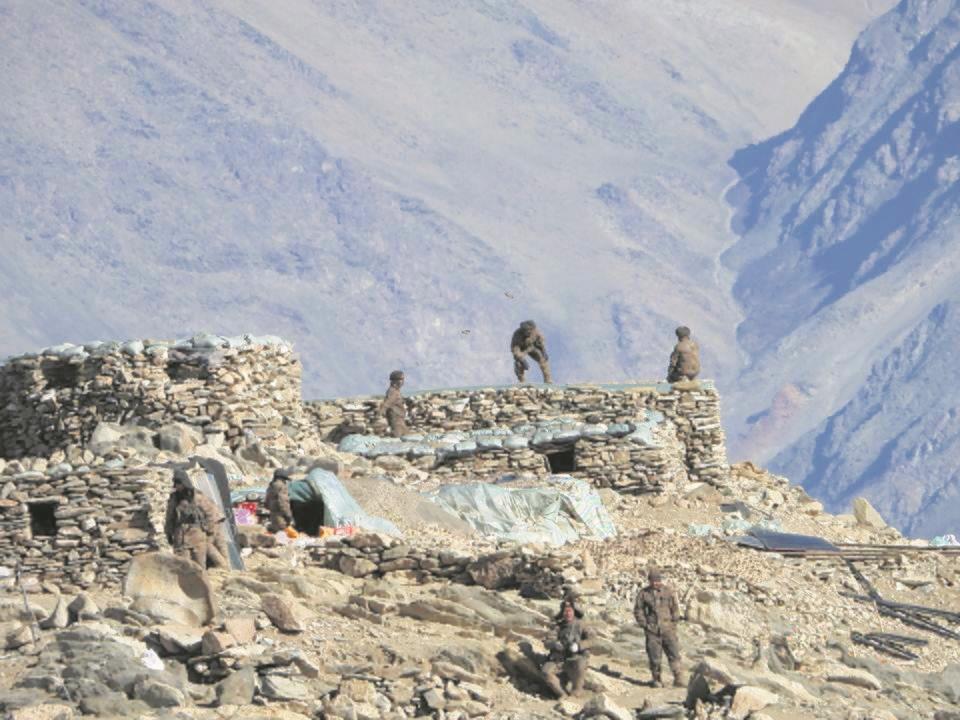
Since India is now going to sit at the high table to decide the future of Afghanistan it must seriously consider what real strategic interests it has in Afghanistan. (Photo: AP)
Manish Tewari is a lawyer and a former Union minister. The views expressed are personal. Twitter handle @manishtewari

Consider the following vignettes. A child born in the December of 1979 in Afghanistan would be today 41 years old. Across four decades that middle-aged person now has only known strife, violence and bloodshed as the only normal. It was on the 24th of December of that year, Soviet Tanks had rolled across the Amu Daraya to commence a brutal nine-year occupation of that antediluvian acreage situated on the crossroads of time.
It was the year 2016. For 15 long years Afghanistan had now been free of the malevolent influence of the Taliban. At a Track-2 event, I ran into a former chief of the Afghan National Army early one morning. I asked him, how is the situation in Afghanistan currently? He said we have democratic government, a free and a vibrant press — print, TV, radio and digital — encompassing over 1,800 media outlets, girls and women in schools and colleges. Any Afghan can even tell the President that he is in the wrong. It was a learning to see that a former military man was calculating the achievements of the past decade-and-a-half in intangibles rather than gain or loss of territory qua the Taliban.
Cut to 2021 and Joe Biden is the third consecutive President wanting to end America’s longest war. Two decades ago, the Americans had gone into Afghanistan after 9/11 hunting for Osama bin Laden and the Al Qaeda after the Taliban leader Mullah Omar refused to turn them over to the US. While Osama bin Laden and Mullah Omar were both dead, the Taliban and even the Al Qaeda are both alive and kicking.
In fact, the United States, after holding leading elements of the Taliban leadership in primitively medieval incarceration in Guantanamo Bay for over 15 years or more, in a complete volte-face on February 29, 2020, cut a deal with the “same eminences” in Doha. One of the essential elements of the deal being total withdrawal of American troops from Afghanistan by 1st of May 2021
In a recent letter to President Ashraf Ghani, the new US Secretary of State Antony Blinken virtually read out the riot act to the Afghan government to fall in line with the latest US approach to the Afghan quagmire. The letter has been made public by the Afghan news outlet Tolo News. Neither has it been denied by the US or the Afghan government, respectively.
The missive sketches out the following modes for an across-the-board settlement to the Afghan imbroglio pegged on the desirability of an enduring ceasefire by the Taliban. It, therefore, envisages ministerial-level parleys under the auspices of the United Nations between Russia, China, Pakistan, Iran and India and the United States of America to deliberate upon a unified approach to supporting peace in Afghanistan, a senior-level meeting between the Taliban and the Afghan government hosted by Turkey to take place shortly to finalise a peace agreement between the two.
It mentions a revised plan to operationalise a ninety-day reduction in violence programme predicated upon thwarting a spring offensive by the Taliban. The dispatch further calls upon President Ghani to consider US proposals for a roadmap targeted at a new and inclusive Afghan government.
The letter closes with a rather portentous caveat stating: “We are considering the full withdrawal of our forces by May 1st, as we consider other options. Even with the continuation of financial assistance from the United States to your forces after an American military withdrawal, I am concerned the security situation will worsen and that the Taliban could make rapid territorial gains
Since India is now going to sit at the high table to decide the future of Afghanistan it must seriously consider what “real” strategic interests it has in Afghanistan.
Writing a decade earlier on the same question veteran journalist Shekhar Gupta opined, “It will still be a country of great strategic importance. But for whom, is the question. It will be of no strategic importance to us. None of our supplies or trade comes to Afghanistan. None of our bad guys hide there. No Afghan has ever been involved in a terror attack on India. In fact, almost never has a terror attack on us been even planned in the more precise Af-Pak region. They have all been planned and executed between Muzaffarabad, Muridke, Karachi and Multan. Almost never has an Afghan, Pakhtun, Baluch, Tajik, any ethnicity, been involved in a terror attack in India.
It’s always been the Punjabis. Ask anybody in the Indian army who has served in Kashmir and he will tell you that the intruders he fought were exactly of the same ethnic stock as the bulk of the Pakistani army he may have to fight in a real war: the Punjabi Muslims. Leave Afghanistan to the Pakistanis. If the Pakistani army thinks it can fix, subdue and control Afghanistan, after the British, Soviets and Americans have failed to do precisely this at the peak of each one’s superpowerdom, why not let the Pakistanis try their hand at it? If they pour another ten divisions and half of the ISI into that hapless country now, isn’t it that much of a relief for us on our western borders?”
This assessment is as relevant today as it was a decade ago. Hard questions with regard to our “real interests” in Afghanistan were never asked then and are not being asked even now. Would a foothold in Afghanistan help us in the event of a two-front war with China and Pakistan? Highly unlikely till the time we are not willing to put boots on the ground in Afghanistan. Is it desirable to put boots on the ground even if the Afghans were to request Indian military presence after the Americans leave? Highly undesirable. The last time India had seriously considered such a request was in early 2003 to deploy US forces in Iraq. Prime Minister Vajpayee had rightly refused to do so. Does a presence in Afghanistan open up new vistas for India in Central Asia? Not really, after Iran dropped India from the Chabahar to Zahedan just before it inked a USD 400 billion 25-year strategic partnership with China.
While it is heady to be invited to the high table, as the saying goes, there is no free lunch in life. India needs to be careful.…Tags: afghanistan, india, strategic interest in afghanistan, us military withdraw from afghanistan, pakistan, china, india-afghanistan relations























































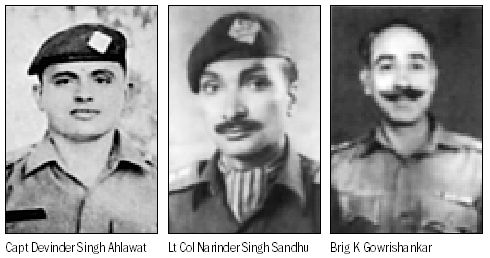
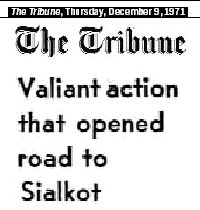 Dogras have throughout outperformed themselves in all the wars fought since World War I, but a battalion earning two Maha Vir Chakras within just about five years of its raising speaks volumes of the training, commitment and dedication of its men and officers. 10 Dogra is proudly referred to as ‘Terrific Tenth’.
Dogras have throughout outperformed themselves in all the wars fought since World War I, but a battalion earning two Maha Vir Chakras within just about five years of its raising speaks volumes of the training, commitment and dedication of its men and officers. 10 Dogra is proudly referred to as ‘Terrific Tenth’.